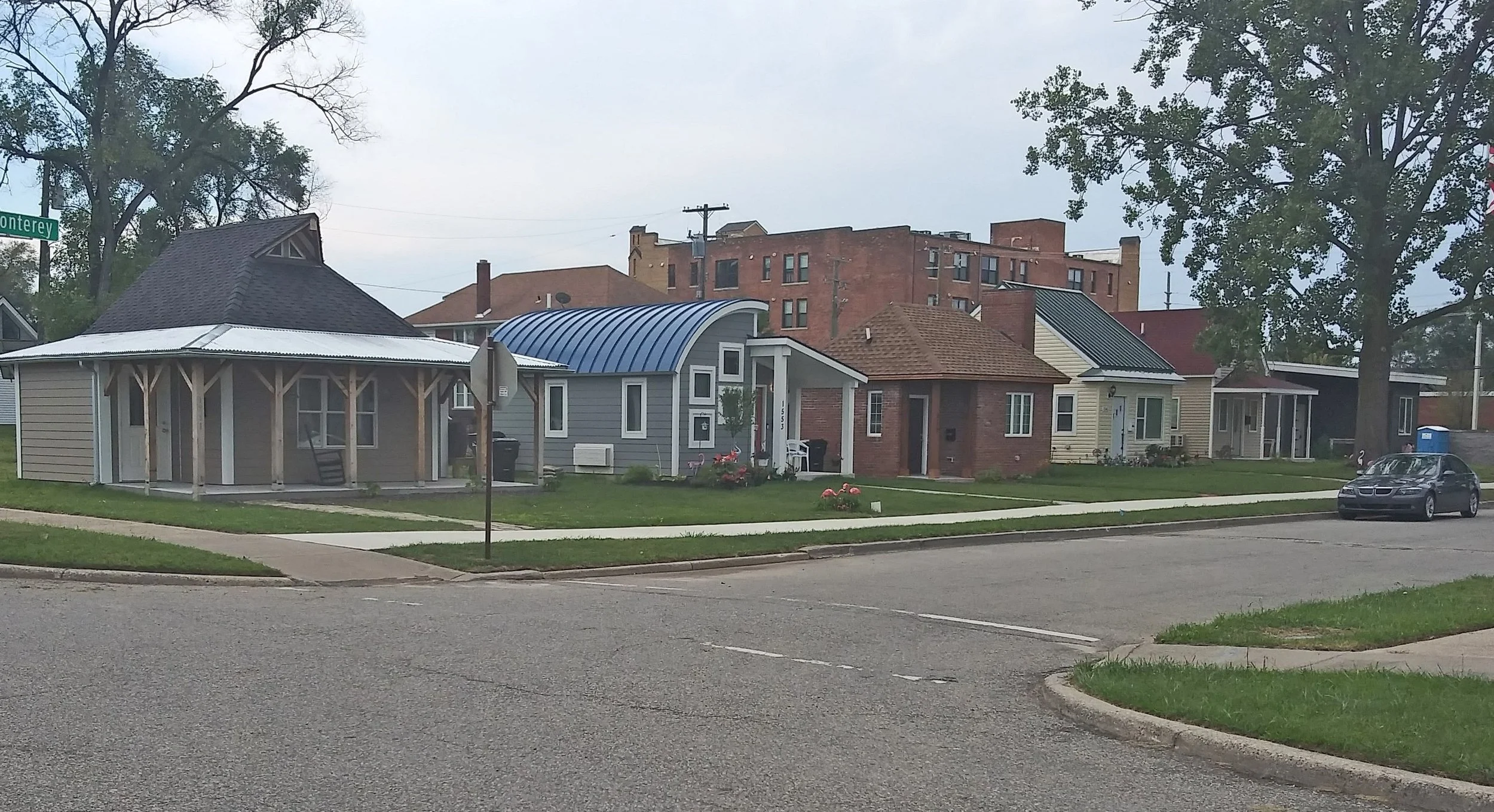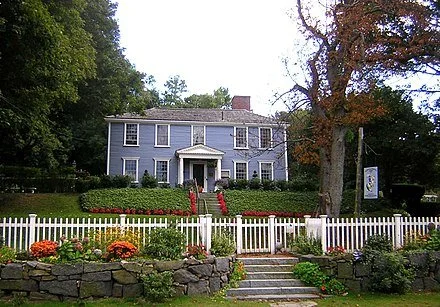Housing solutions should include thinking small
Tiny homes in Detroit
Photo by Andrew Jameson
Adapted from Robert Whitcomb’s “Digital Diary,’’ in GoLocal24.com
Exurban/suburban Burrillville, R.I., has admirably been in the forefront of making housing available to people with minimal means. And I particularly like that the town has tried to concentrate new housing in its village centers. This reduces sprawl and makes it easier for people to shop without having to use a car.
Meanwhile, in a national sign of moves to make housing, including owner-occupied dwellings, more affordable, very small houses (some only 400 square feet) are going up in some communities as larger, but still small, houses become increasingly unaffordable to people with low or moderate incomes.
In 2022, the average size of a single-family home in the United States was 2,522 square feet. Although in the past five years American homes have been shrinking a bit, since 1975, they have almost doubled in size. That’s even as the size of families has shrunk, more people are living alone and the population is aging.
It's about time that many more smaller dwellings were built.
Finally, look for more confrontations between state governments that are pressing communities to change zoning ordinances and make other changes to encourage more “affordable” housing construction, especially near public transit and shopping. Consider Milton, Mass., some of which is very affluent, rejecting in a referendum a state mandate meant to promote affordable housing in communities with MBTA lines. The state will yank some state grants to the town unless it swiftly comes into compliance.
Read:
Excluded: How Snob Zoning, NIMBYism and Class Bias Build the Walls We Don’t See, by Richard D. Kahlenberg
The communities are legal children of the state, and the housing crisis will demand that it compel some of the pull-up-the-bridge towns to change their housing policies. This is not just a matter of fairness. The long-term health of our economy will depend in no small part on adequate housing for the full range of workers and their families.
Maybe there should be a surtax on some vacant urban and suburban land to encourage building housing there.
The 18th Century Suffolk Resolves House, in Milton, now a museum

